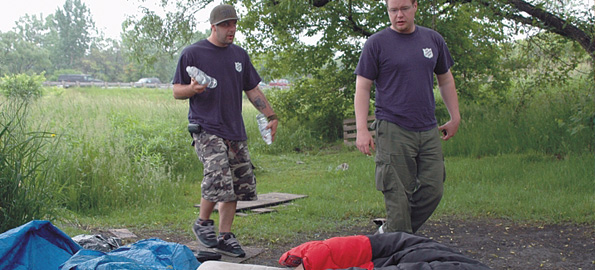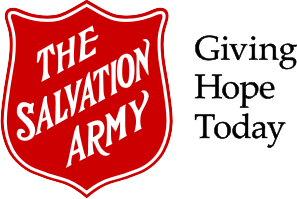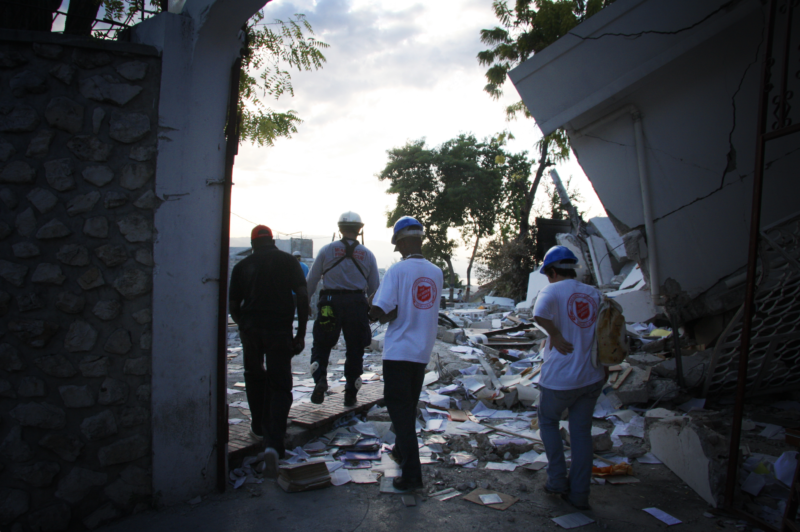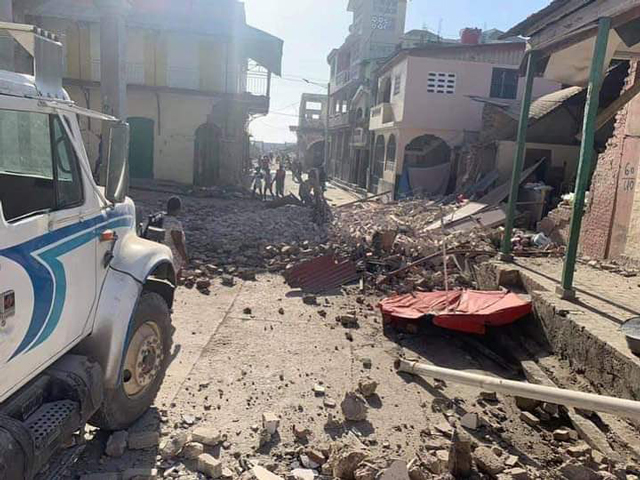Plight of the Invisible; One Shelter Tries to Put Face on Needy
 One of Toronto’s working poor – homeless in his final moments – died last year at St. Michael’s Hospital, unnoticed by the greater world around him.
One of Toronto’s working poor – homeless in his final moments – died last year at St. Michael’s Hospital, unnoticed by the greater world around him.
No death notice ran in any newspaper.
Ali Mohammed, 56, was simply one of a dozen men – the majority of them faceless, and therefore nameless beyond a few – who came through the doors of the Gateway shelter on Lower Jarvis St. last year, and who do not exist today.
All 12 went virtually unnoticed.
“Some of these deaths happened violently in the streets, while others were grim and slow deaths in hospital,” says Dion Oxford, the Gateway’s director.
“But all of these deaths were tragic, unnecessary and shameful.”
EYES ON HAITI
The world’s collective eyes fall mostly on Haiti today, and rightfully so. The destruction, the death and the homelessness so staggering that full comprehension is just as staggeringly futile.
But, in the microcosm of our own backyard, eyes often turn away from homelessness here because no earthquake brought in on, and/or no sudden catastrophe thrust it onto the front pages when hell suddenly unleashed itself.
No, here homelessness just happens, slowly but surely and for a multitude of reasons that only life and twists of fate can define, and no one truly notices when the trickle of homelessness becomes an underground torrent.
There are, for example, some 4,300 emergency shelter beds in 64 locations across the GTA that are run by the city, and scores upon scores of other shelter beds operated by charitable organizations such as The Salvation Army.
But, generally, these beds, and the homeless people who sleep in them, are out of sight and out of mind.
They can go unnoticed.
But they need to be noticed.
The coroner’s office ruled that a heart attack killed Ali Mohammed but that, like his life, is too simple an explanation.
Ali Mohammed, in fact, was his nickname.
His real name was Addison James Soodeen. He was from Trinidad, and he worked under the table as a handyman for the 20 years he was here, likely never paying taxes but never taking a taxpayer’s dime in welfare either.
And so, in a very real way, he didn’t exist at all.
He died, more accurately, because his gums and teeth were so badly infected that he could not eat, and because three walk-in clinics had done little more than give him some over-the-counter pain medication, but no antibiotics.
A few days later, staff at the Gateway found him on his cot, unable to be stirred, and phoned the ambulance.
“Doctors at St. Mike’s got his heart going a couple of times,” said a friend. “But they couldn’t keep him alive.”
Every year at this time, Dion Oxford writes an overview of the year that has just passed at the Gateway hostel, and attempts to put a human face on homelessness in this city, as well as paint a portrait of some of the small accomplishments achieved at his hostel, one of the many homeless shelters in this city that so many passersby do not notice, or pretend not to see.
The Gateway, on its own, had 57,976 visits to its drop-in-centre and shelter in 2009, for an average of almost 160 people a day. Of the possible 39,420 bed nights, 38,734 beds were used up, for a 98% occupancy rate.
The average age of the homeless man in 2009, by the way, was no different than the average age of the homeless man the year before, or the year before that.
It is 43.
“This has been the case since we opened our doors (10 years ago),” says Oxford. “This is clear evidence that it’s middle-aged men who are having the hardest time finding meaningful work (because) these men have essentially been declared unemployable.”
In 2009, 534 men who had never been to the Gateway before came in search of a bed for the night.
“STEADY STREAM”
This number, too, seems to be a constant.
“So while people do manage to get out of the shelter system, there is always a steady stream of new people slipping through the cracks,” says Oxford.
During 2009, Oxford and his counsellors and staff helped 65 men secure proper identification, and another 30 solve employment-related issues. A new addictions counsellor dug in and, within eight months, had referred an unprecedented 25 men into treatment, and had started group-counselling sessions on Monday nights.
“Being a former addict himself, he has the ability to connect with those battling addictions on a different and deep level,” says Oxford. “He has proven to be a wonderful gift.”
When Ali Mohammed died, there was a small memorial ceremony held at the Gateway’s chapel.
There were 12 such memorials held last year, each for a man who feel through the cracks and never resurfaced.
The Gateway defines itself as “the hand of God in the heart of the city.”
It is not overbilled.
By Mark Bonokoski
Reprinted with permission by The Toronto Sun



